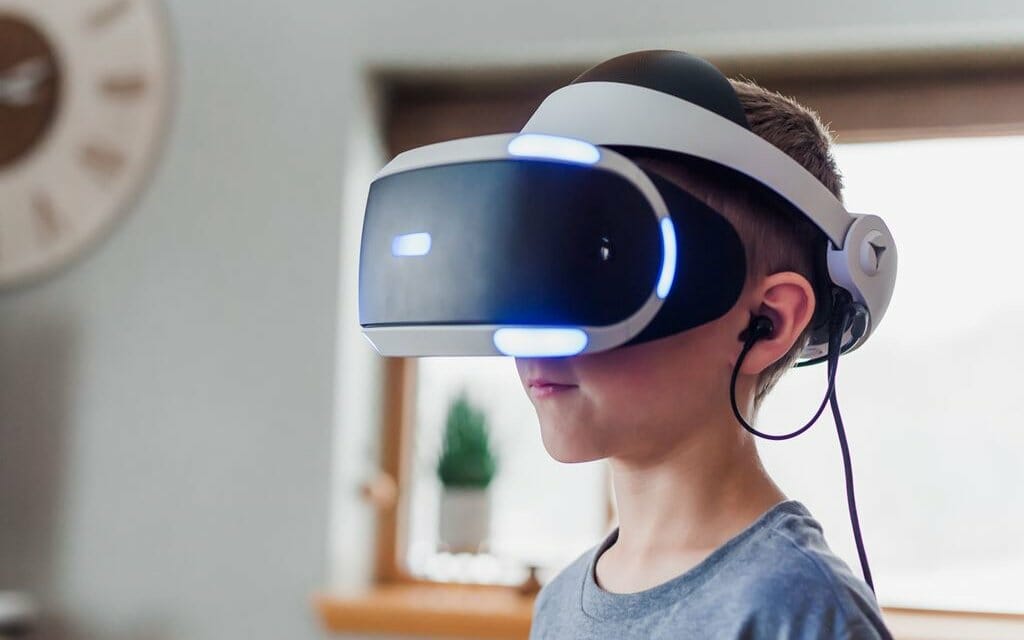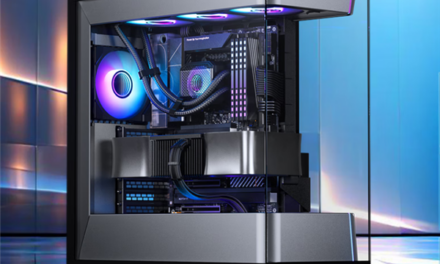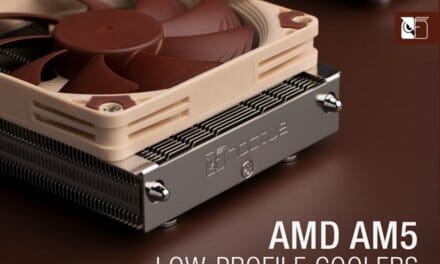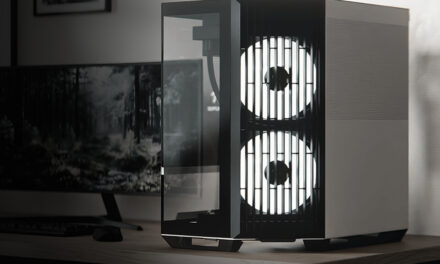
Learn How VR Games Work: Screens, Sensors, and Lenses

VR Games: How Do They Work?
Sometimes, even games for which you already know the rules and have a certain experience can surprise you with their different variants. For example, a long-time roulette player will need some familiarization time when encountering a variant such as the Golden Chip roulette. This also applies to PC/console games, and new technologies can completely change our gaming habits.
VR (Virtual Reality) technology can be the best example of this situation. VR glasses have been around for a long time and offer brand-new ways to play. But do you know exactly how they work? We’ll explain it below: like players looking for useful advice for playing roulette variants, you should learn as much as possible about them before buying your first VR glasses.
Lenses, OLED Screen, and Lots of Sensors
VR glasses are high-tech devices, but they have a fairly simple design. If you remove the front of a VR headset, you will see that it consists of an OLED screen and stereoscopic lenses. Lenses have a similar function to 3D movie glasses: they add depth to the image on the OLED screen and increase the FOV (field of view) angle. The FOV angle is more important than you might think: we see the world around us at an angle of 200 to 220 degrees. The lenses of VR glasses offer an angle of approximately 110 – 115 degrees. It’s not a great value, but it still keeps you from feeling like you’re looking at an image at the end of a tunnel. This is one of the main reasons why these glasses offer such a realistic and immersive experience, and the next-generation devices are expected to offer a FOV angle of 180 – 190 degrees.
But stereoscopic lenses aren’t the only important element of the VR experience. The OLED screens used in these glasses usually have 2k resolution (2560 x 2560) and are designed to display at least 90 FPS. There are already displays with higher resolution and FPS values. For example, Samsung has developed a 4000 x 2040 HDR display, and almost every VR developer is aiming for 120 FPS. However, most of the glasses currently on the market support 2k resolution and 90 FPS.
As most gamers know, PC and console games can be played with much lower FPS (as low as 30). However, in VR games, when the FPS value drops below 90, there is disorientation, and the higher the resolution, the more immersive the experience will be. In other words, the screens of these glasses are custom-made and must meet certain standards. If you keep dismantling the headset, you will find many sensors: These are sensors used to detect your body movements. So, for example, if you stretch your arm forward, your on-screen avatar will do the same. The only problem here is that VR glasses contain nothing but sensors, an OLED screen, and lenses: so where does the image on the screen come from? Since the glasses do not have a processor and graphics card, how can they offer such high-quality graphics?
You Also Need a PC
Not every VR headset on the market requires a PC. Some are designed to work independently, using the screens and hardware of smartphones. Some models, such as the Oculus Quest 2, can operate completely standalone. However, if you want to play VR games with high-quality graphics, you need a powerful PC because the hardware power these games need will come from there.
Glasses like Valve Index, HP Reverb G2, Oculus Rift S, and HTC Vive are designed to work by connecting to a PC. These devices consist of just a screen and a multitude of sensors and lenses: the PC’s processor and graphics card provide the computing power that games need. While in theory, 1050Ti series graphics cards are sufficient, in practice, you will need a card from the RTX 2xxx (for example, RTX 2070) series. As processors, Intel i5 6xxx and AMD FX 8xxx series are considered as minimum requirements. The more powerful your PC’s hardware, the more satisfying your experience will be.



























